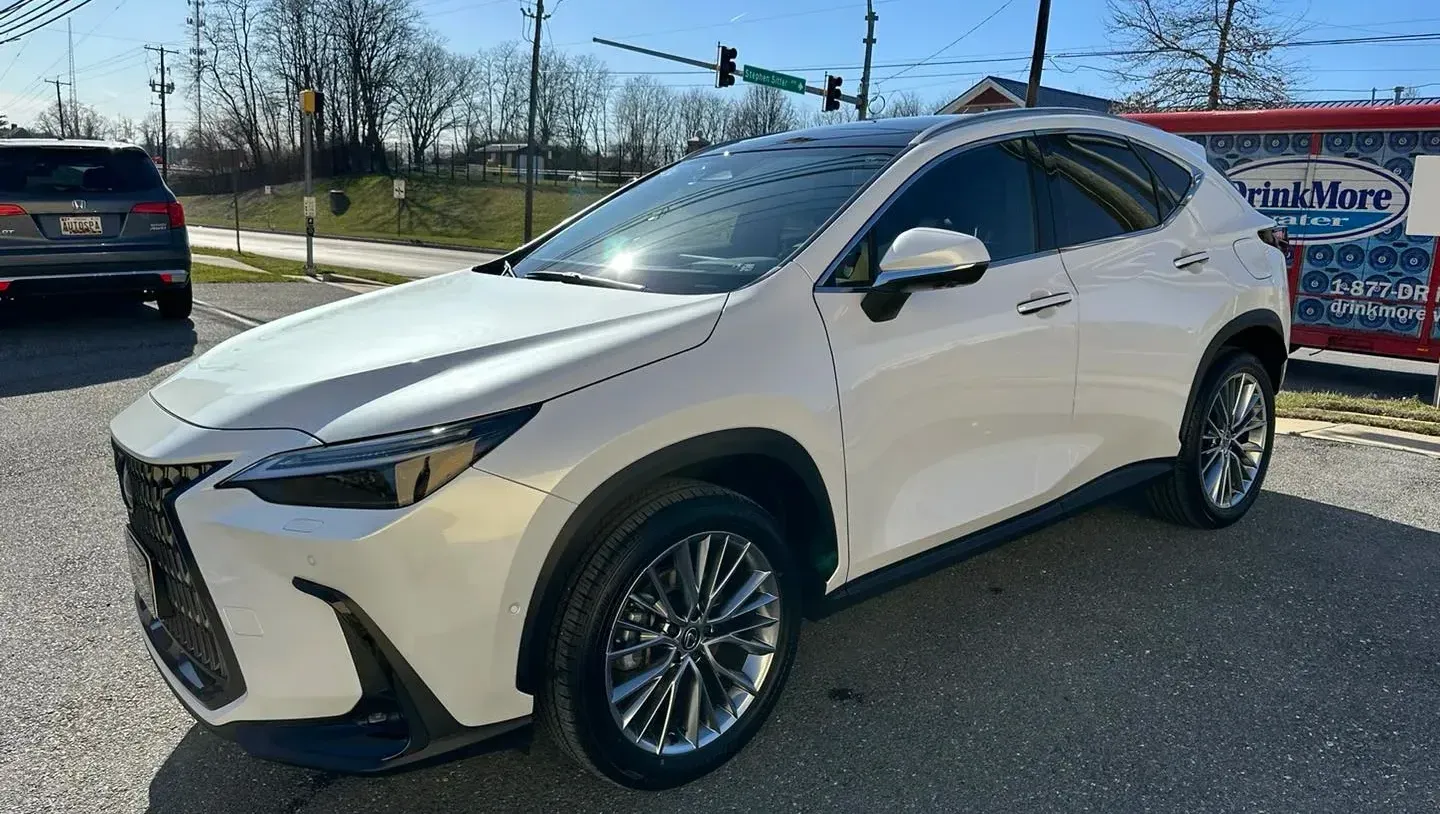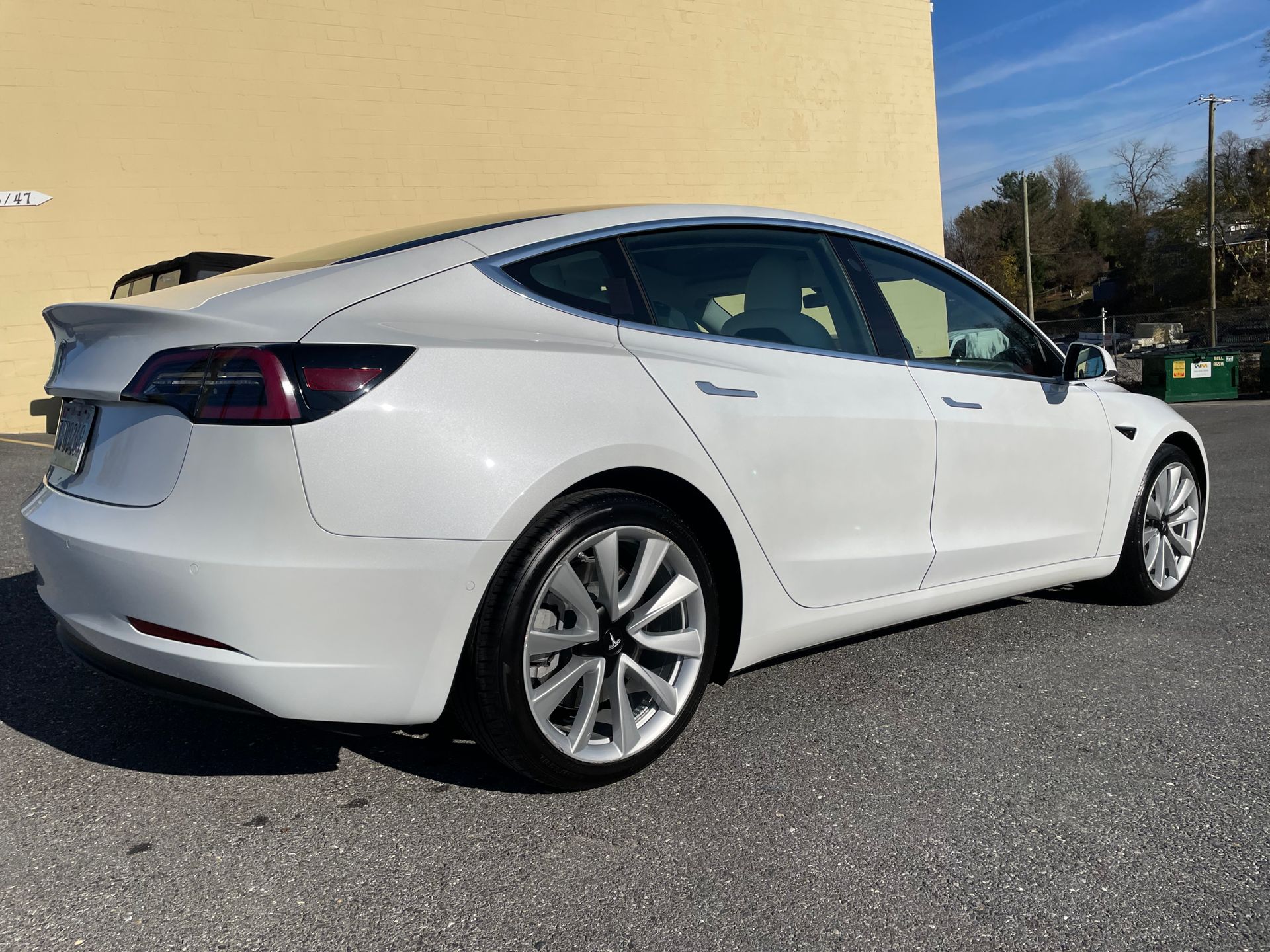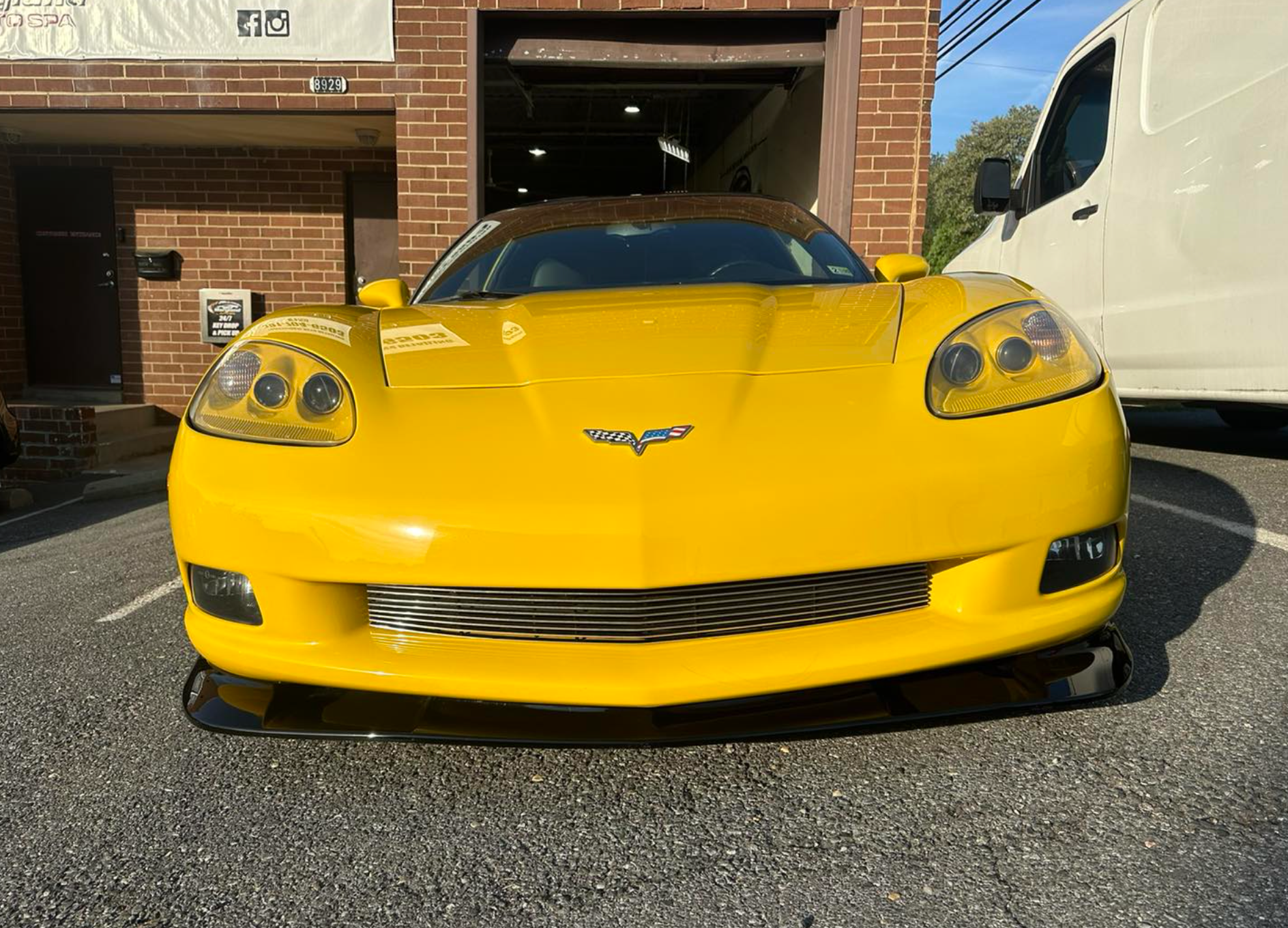The Role of Ceramic Coating in Preventing Paint Oxidation for Enhanced Protection
SCHEDULE ONLINE GET A FREE ESTIMATEMany car owners ask themselves, "How can I protect my paint from fading and damage?" to keep their vehicles looking brand new. One excellent solution lies in ceramic coating, a product that boosts your car's shine and acts as a formidable shield against nature’s harmful elements. This coating creates a hard layer over your vehicle’s paint, reducing its exposure to UV rays and moisture—two primary culprits behind paint oxidation and deterioration. So, if you're tired of watching your car lose its luster or worrying about costly repaint jobs, understanding the benefits of ceramic coatings could significantly improve both the appearance and longevity of your ride. In this blog post, we will discuss the role of ceramic coatings in preventing paint oxidation for your car!
The Science Behind Ceramic Coatings
At its core, ceramic coating is all about advanced chemistry. The coatings are mostly made up of nanoparticles of silicon dioxide (SiO2) or titanium dioxide (TiO2). Although this may sound technical, the interaction between these nanoparticles and your car's paint during application creates a magical effect.
Ceramic coating acts as a protective barrier for vehicle paint by reducing exposure to harmful environmental factors such as UV rays and moisture, both of which contribute to oxidation. By forming a durable, hydrophobic layer over the paint surface, ceramic coatings significantly limit oxygen interaction with the paint, thus preserving its integrity and extending its lifespan while maintaining a polished appearance.
Composition
To break it down further, these nanoparticles exist in a liquid form suspended within a solvent. When the coating is sprayed onto the surface of your vehicle, the solvent evaporates, leaving behind tiny particles that bond chemically with the underlying paint layer. This process creates a hard, thin layer—often just 1 to 3 microns thick—that adheres seamlessly to your vehicle's clear coat. A coating of this nature doesn't merely sit on top; instead, it becomes one with the paint, substantially enhancing durability and protective characteristics.
But why should you care about this bonding phenomenon? Because it's this very chemical reaction that helps create a robust barrier against environmental challenges. Oxidation caused by moisture exposure is one of the primary culprits in paint degradation. By forming this bond, ceramic coatings reduce direct contact between oxygen and your vehicle's paint surface, enabling it to resist oxidation effectively.
Properties
Hardness is one of the most discussed characteristics of ceramic coatings. Imagine running your hand along a surface that feels smooth and resilient—this is what a high-quality ceramic coating delivers. For example, many products offer a hardness rating of up to 9H on the pencil scale. The finish of your car will not be easily damaged by small abrasions from regular use thanks to this hardness.
Another critical property is hydrophobicity. This fancy term simply means that ceramic coatings repel water exceptionally well. Imagine raindrops rolling off your car instead of settling on the surface and beading up. This property doesn't just look pleasing; it actively reduces dirt accumulation and water spots, making regular cleaning less of a chore.
By minimizing both dirt and water on your vehicle’s exterior, you're actively preserving its pristine appearance and longevity.
Last but certainly not least is UV resistance. Over time, exposure to sunlight can cause colors to fade, resulting in a dull appearance as oxidation erodes the paint. Thankfully, ceramic coatings help mitigate this problem by blocking harmful UV rays effectively. With their built-in protection against fading, these coatings not only keep your vehicle looking fresh but also help maintain its resale value.
Understanding how these properties work together gives us crucial insight into their functionality.
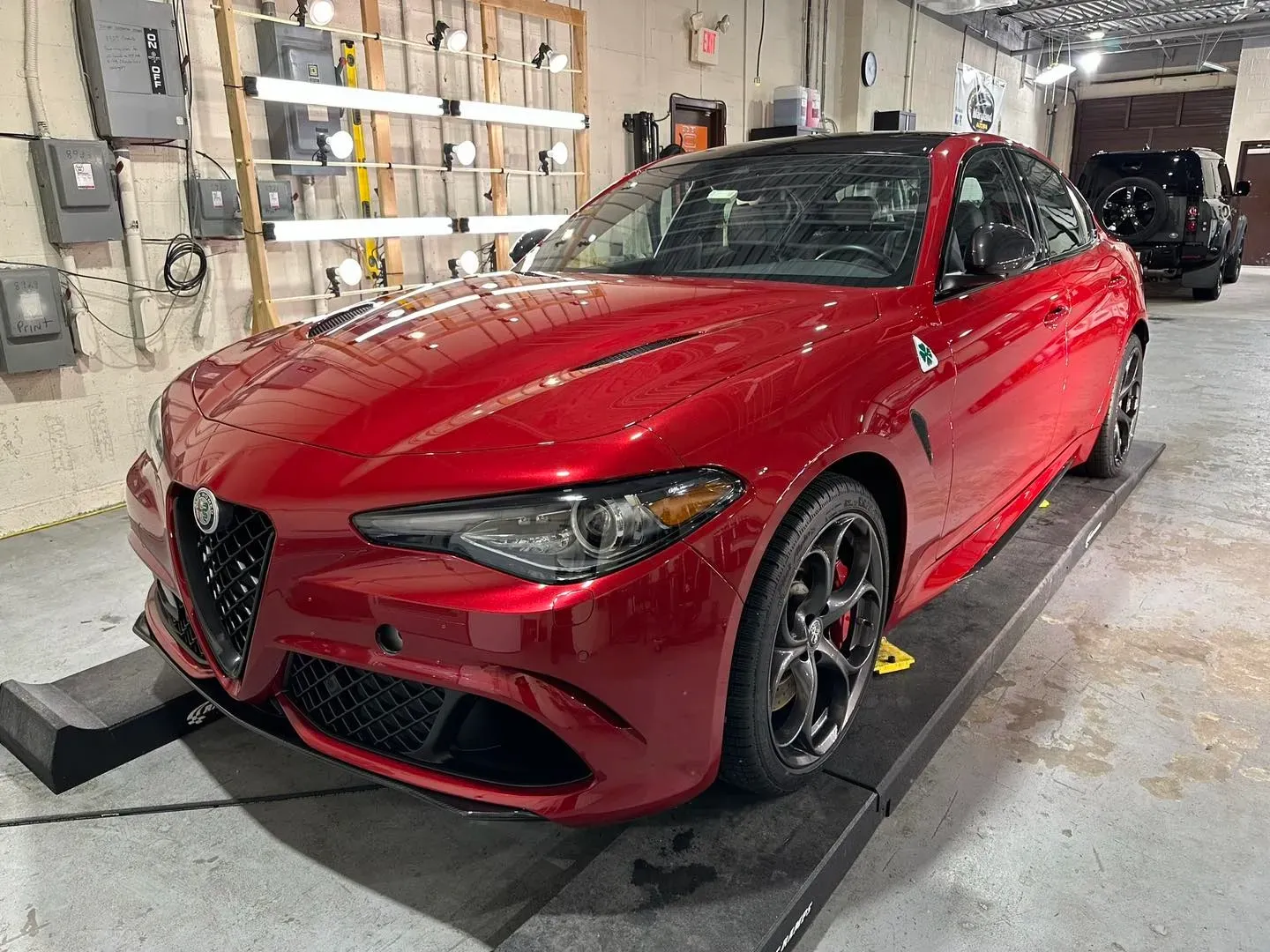
Mechanisms of Oxidation Prevention
Fundamentally, oxidation steals your vehicle's vibrancy and luster, thriving on paint exposure to oxygen and moisture, resulting in inevitable paint fading and rust. But there’s good news: ceramic coatings provide an efficient defense against this gradual deterioration.
The magic of ceramic coatings lies in their ability to form an impermeable barrier against both oxygen and moisture. These components completely stop the oxidation process when they are unable to pass through the coating and reach the underlying paint.
Blocking UV Rays
One of the most detrimental forces in paint degradation is ultraviolet (UV) radiation. Over time, UV rays can break down molecular bonds within the paint, leading to fading and wear. However, with ceramic coatings, cars enjoy an added layer of protection thanks to their impressive UV-resistant properties. Studies indicate that applying a ceramic coating can reduce paint degradation under UV exposure by up to 30%. This means that your car not only retains its aesthetic appeal longer but also maintains higher resale value over time.
Combining these barriers against moisture and UV rays creates a robust safeguard for your vehicle's finish; however, that’s not all—ceramic coatings additionally boast impressive hydrophobic properties that further enhance protection.
Hydrophobic Properties
The hydrophobic nature of ceramic coatings allows them to repel water efficiently. Water beads up and rolls off surfaces instead of pooling or lingering. This characteristic reduces moisture accumulation, which is particularly important in preventing oxidation caused by prolonged contact with water. When rain or road spray hits your car, instead of soaking into the surface or leaving behind residue that could foster degradation, it simply glides away effortlessly.
Additionally, less water contact results in fewer impurities adhering to the paint, which eventually simplifies maintenance. Having experienced firsthand how tedious it can be to clean dirty surfaces after rain splatters or bird droppings—a fear for many car owners—the ease that comes with ceramic-coated vehicles is refreshing. The less you have to scrub and polish away abrasive materials, the more you preserve your paint's integrity in the long run.
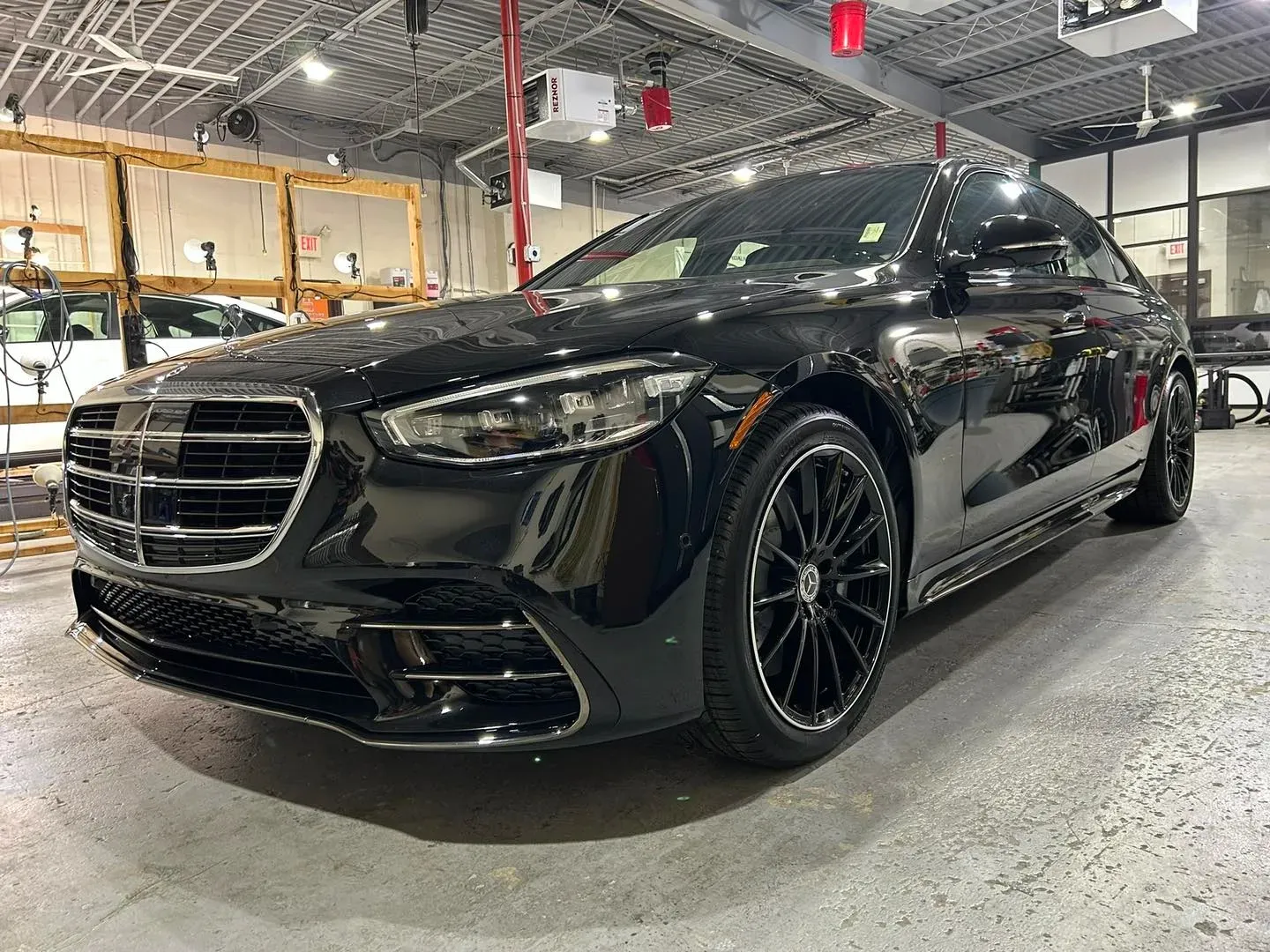
Long-Term Benefits for Vehicle Protection with Ceramic Coating
The investment in ceramic coating truly pays off, offering a plethora of benefits that go well beyond just a shiny exterior.
Enhanced Aesthetics
One of the most prominent advantages is enhanced aesthetics. The moment you apply ceramic coating, your car’s paint takes on a brilliant gloss that captures light beautifully, making it look pristine and well-maintained.
However, the long-lasting appeal isn’t all about looks; it intertwines significantly with cost-effectiveness as well.
Cost Effective
While the initial investment for ceramic coating may seem higher when compared to traditional waxing methods, it actually leads to substantial long-term savings. This advanced polymer coating eliminates the need for frequent waxing sessions, which can deteriorate over time due to weather and usage. Moreover, its ability to repel dirt and contaminants lessens the frequency with which professional detailing services are needed. In fact, many users find their vehicles require detailing half as often after getting ceramic coated.
Higher Resale Values
Maintaining your vehicle’s aesthetic through a ceramic coating not only keeps it looking great but also contributes significantly to its resale value. It’s a known statistic that vehicles with well-preserved exteriors command higher prices on the market because they appear more appealing.
Informed selection combined with expert help will ensure your ceramic coating delivers exceptional protection against paint oxidation, enhancing your vehicle's appearance over time. If you have questions or need assistance, feel free to reach out to us at Maryland Auto Spa or call us at (301) 704-6503.

